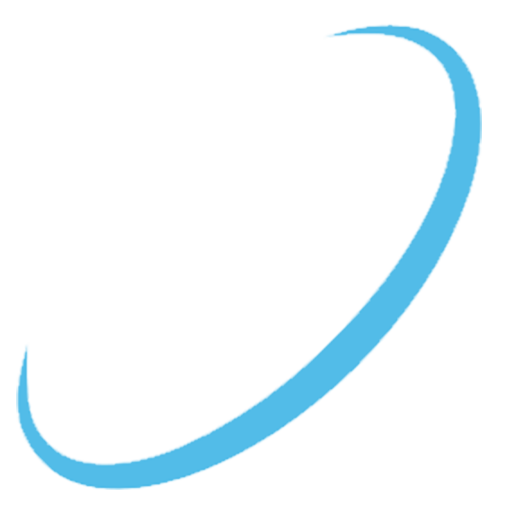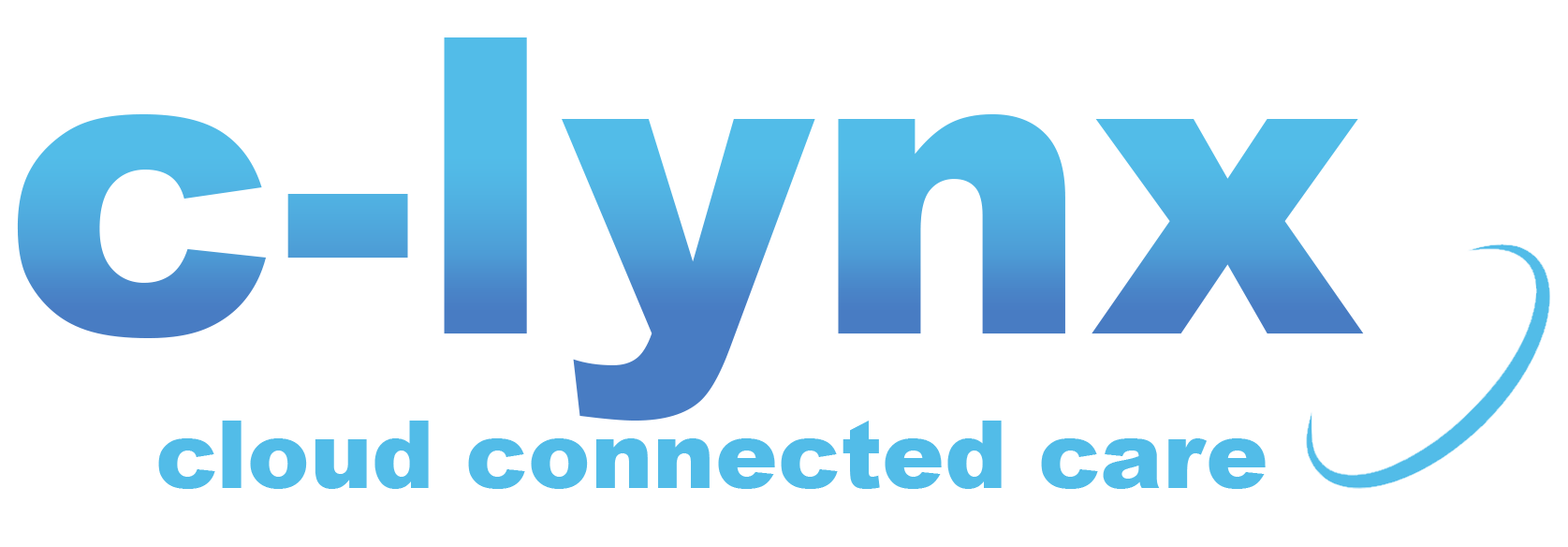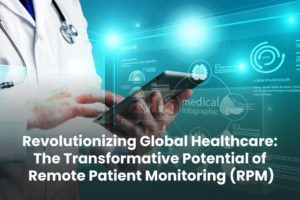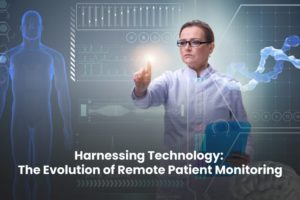Pioneering Healthcare Transformation : Exploring the Benefits of Remote Patient Monitoring Devices

Introduction
Remote patient monitoring is a game-changing concept in healthcare that revolutionizes the way patients’ health is monitored and managed. It involves the use of innovative devices to track vital signs and health parameters remotely. These devices, known as remote patient monitoring devices, empower patients, improve clinical outcomes, and offer convenience. From home health monitoring devices to wearable patient monitoring devices and vital sign monitoring devices, the technology enables patients to actively participate in their own healthcare from the comfort of their homes. These devices provide real-time data transmission, early detection of health issues, and personalized interventions, transforming healthcare into a more patient-centric and efficient system.Let’s delve into the world of remote patient monitoring devices and their benefits, also examples of cutting-edge devices that are transforming the healthcare landscape.
The Benefits of Remote Monitoring Devices in Healthcare
- Enhanced Patient Convenience and Accessibility:
Remote monitoring devices, such as home health monitoring devices, offer patients the convenience of monitoring their health from the comfort of their own homes. Patients can easily track vital signs and health parameters without the need for frequent visits to healthcare facilities. This accessibility reduces travel time and expenses, allowing patients to actively engage in their own healthcare management.
- Improved Patient Engagement and Empowerment:
Remote monitoring devices empower patients by actively involving them in their healthcare. Patients gain a better understanding of their health conditions, track their progress, and make informed decisions regarding their well-being. By providing access to real-time health data, these devices encourage patient engagement, leading to improved self-management and better adherence to treatment plans.
- Early Detection of Health Issues:
Remote monitoring devices, such as remote blood pressure monitoring devices and weight scales, enable early detection of health issues. Continuous monitoring of vital signs and health parameters allows for timely intervention and proactive management of chronic conditions. By detecting changes or abnormalities in real-time, healthcare providers can respond promptly, preventing potential complications and reducing hospital admissions.
- Comprehensive Remote Monitoring of Vital Signs:
Remote monitoring devices encompass a range of vital sign monitoring devices that enable continuous tracking of various health parameters. These devices include remote blood pressure monitoring devices, weight scales, and remote pulse oximetry monitoring devices. By collecting and transmitting accurate data, healthcare providers gain comprehensive insights into patients’ health, allowing for personalized care plans and timely adjustments.
- Wearable Patient Monitoring for Real-Time Tracking:
Wearable patient monitoring devices have gained popularity due to their ability to continuously monitor vital signs and activity levels. These devices, often in the form of smartwatches or fitness trackers, provide real-time tracking of heart rate, respiratory rate, and physical activity. Wearable patient monitoring devices offer convenience, portability, and seamless integration with mobile apps, enabling users to monitor their health on the go.
- Enhanced Patient Safety and Peace of Mind:
Remote monitoring devices provide reassurance and peace of mind for both patients and their caregivers. Patients can feel confident knowing that their health is continuously monitored, and any potential issues will be detected promptly. For caregivers, remote monitoring devices offer peace of mind by providing insights into their loved ones’ health, enabling them to respond quickly in case of emergencies.
- Efficient and Data-Driven Healthcare:
Remote monitoring devices generate a wealth of health data that can be leveraged by healthcare providers to deliver more efficient and data-driven care. Real-time data transmission allows for remote analysis and monitoring by healthcare professionals, enabling proactive interventions and timely adjustments to treatment plans. This data-driven approach improves healthcare efficiency, reduces healthcare costs, and optimizes resource allocation.
Conclusion:
In conclusion, remote monitoring devices have transformed healthcare by enhancing patient convenience and accessibility, empowering patients, enabling early detection of health issues, providing comprehensive monitoring of vital signs, offering real-time tracking through wearable devices, enhancing patient safety and peace of mind, and promoting efficient and data-driven healthcare. These home health monitoring devices have the potential to revolutionize healthcare delivery, improving patient outcomes and reducing healthcare costs.





